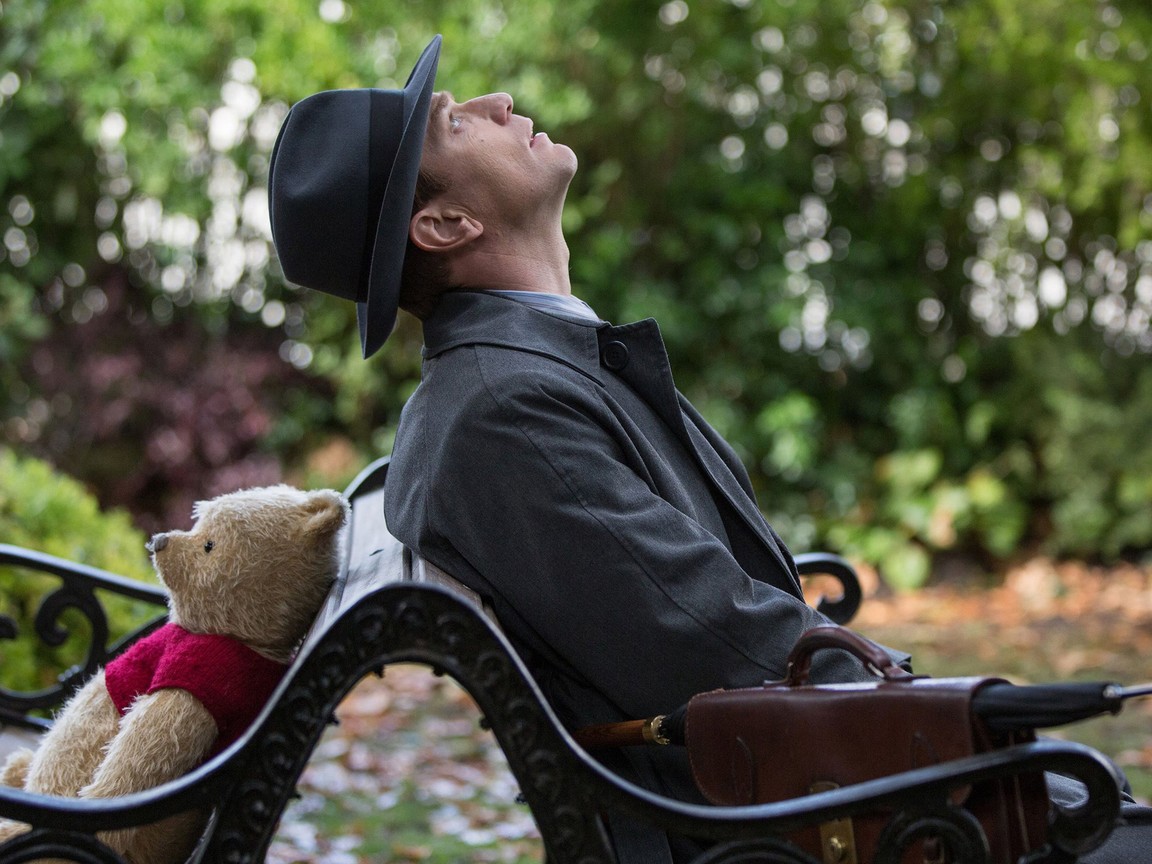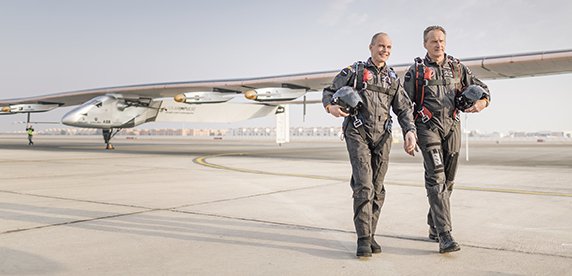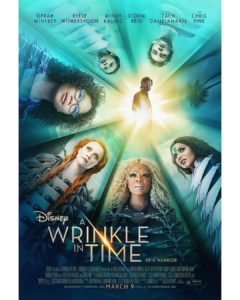Interview: Julian David Stone on “It’s Alive,” the Novel About the Making of “Frankenstein”
Posted on May 17, 2022 at 8:00 am

Frankenstein has been one of the most re-told stories in movie history. Why do we keep coming back to it?
I think the theme of bringing the dead back to life is one of the most universal, if not the most universal, that you find in every culture. And the theme is just as prescient today as it was 200 years ago when the original book of Frankenstein was first written. Separately, the 1931 film adaptation explores other themes that are also still very relevant today — man’s relationship to technology, the concept of ‘just because we have the ability to do something, should we do it?’, The unexpected consequences of our actions in the blind pursuit of technological advance, etc.
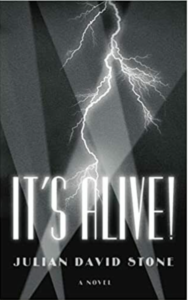
Tell me about your research. First, where did you go to find out about all of the day-by-day details and the thoughts of the key figures.
Research is one of my absolute favorite parts of writing. I particularly love doing research from sources from the actual time period that the story takes place — contemporaneous magazines, newspapers, books, etc. This is where a lot of the great details about the lives of the three main characters in my novel were found — scouring any and all media sources from the early 1930s. Additionally, interviews with the main characters were also very helpful. In the case of Boris Karloff and Bela Lugosi, they were both famous for a very good portion of their lives, so there are many great interviews with them and they were very helpful.
Junior Laemmle was another story. There are a lot of interviews with him up to 1936, when the Laemmle family lost the studio. After that, almost nothing. So a lot of Junior’s story was pieced together from whatever tidbits I could find. Researching him was a great detective story on its own!
I’m particularly interested in some of the 1930s slang. Where did you find it and how did you balance the authenticity with the need to make it accessible?
Once again, it was all the contemporaneous media sources that were very helpful. Also, since my story takes place in 1931, I was fortunate that the sound era of motion pictures was in full swing, so watching them — and particularly newsreels with interviews — were a great source of slang and the vernacular of the time.
You have a lot of very clever metaphors that feel true to the period. How did you think about them?
Research, research, research. As I said, I love to research and I like to say, “I want to be able to ‘wear’ an era” before I start writing about it. In the case of It’s Alive! I was well into my research, but I was still struggling with the story when I realized I was making a big mistake. I was focusing my research to specifically on the Universal Monster movies and Universal itself. That’s when I forced myself to take a step back and dive into all of Hollywood in 1931. I started watching as many films as possible from the era — not just Universal’s films — and I read as many of the trade publications as I could get my hands on sequentially, staring in January, 1931. This was so valuable as you could watch the progression of trends in the movie business, as well as the rise and fall of certain stars. After about a year of deep research into the period was when the story really started to fall into place.
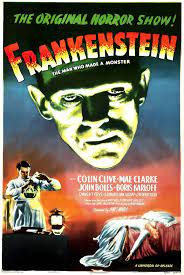
A lot of the suspense in the story comes from who would play the monster. What would the movie have been like with Bela Lugosi in the role?
That’s one of the great questions that fans of the Universal Monsters, and classic film fans in general, endlessly bandy about. I think Karloff’s performance in Frankenstein is one of the greatest and most iconic in cinema history, so I truly can’t imagine anyone else in the role. But interestingly, Lugosi did eventually play the Monster years later in one of the later films of the Universal Monster cycle and his performance is quite different — to say the least — than Karloff’s. But I don’t think it’s really fair to compare the two as it was many, many years after Karloff, and the way the Monster acted had already been established, and had gone through a lot of changes as different writers and directors tackled the material.
As an interesting side note, before the original 1931 Frankensteinfilm was made and well before Karloff was cast as the Monster, a screen test was shot of Lugosi in the role. Sadly, it has been lost, as it would be an absolutely fascinating piece of film to see — How Lugosi approached the role before there were any preconceived notions of how the Monster should look or act. One can only hope and dream that someday this footage may be discovered!
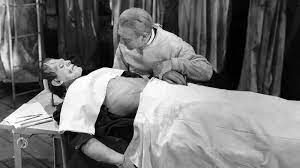
What were the biggest differences of perspective and between Laemmle senior and junior? How did that reflect the changes in culture and technology and the difference between creating the business and keeping an established business vital? Do you see any parallel conflicts today?
The relationship between Laemmle Senior and Junior was one of the main things that drew me to the story in the first place. It had some very typical elements with the father being more conservative in his approach to business and the type of material he wanted to put on the screen, and the son being more liberal and daring in what films he wanted the studio to make. But then there were some very unusual elements in that their conflict centered around the operations of a movie studio, and that Junior had a dark side that went well beyond the desire to present new and forward leaning material on screen.
How did you find out about the turn of events in filming The Guilty Generation that made it possible for Karloff to play the monster?
That particular detail came up in a couple of different sources and interviews. If you watch The Guilty Generation, Karloff has a big part in the beginning of the film and then sort of disappears until the end. And the way his final scene is shot — a very simple single close-up of Karloff talking into a phone — very much leans into the idea that the director, Rowland Lee, was trying to help Karloff finish his work early. And an interesting bit of trivia is, the very same Rowland Lee would go on to direct Karloff in Son of Frankenstein almost ten years later — Karloff’s third and last appearance as Frankenstein’s Monster.
How were the father/son conflicts between the Laemmles reflected in the Frankenstein story?
Ultimately the movie Frankenstein is a father and son story. Dr. Frankenstein, in the end, is disappointed by his creation — The Monster. To a similar extant, Carl Laemmle, Sr. was disappointed in his son, his creation, Junior Laemmle. And the two fought quite a bit over the direction of Universal Studious after Junior was made Head of Production and wanted to make very different films than his father made. Frankenstein — and the entire Universal Monster Cycle for that matter — being chief among them.
Was Karloff’s name really misspelled on the studio’s entry list?
It may have happened, but there was no specific incident that I was referencing. It was more a nod to where Karloff was in his career before the role of the Monster made him a huge star. He was a working actor, getting by, but it was still a day to day struggle. To give you an example, the first film to be released after he shot Frankenstein — but filmed before Frankenstein was made — in the credits his role is “Waiter”. His character didn’t even have a name.
What do the struggles over Whale’s Frankenstein tell us?
That it is important to stay true to your original vision.
The 1931 film Frankenstein is a great film and an absolute classic because it is the combined effort of several great artists. But it would never have existed in the first place if not for the drive and desire of one man: Junior Laemmle, who, despite no one else wanting to make the film, or for him to make it, stayed true to his vision and pushed the project forward. And all of Hollywood was never the same.
One of the ways I like to put it is: I would never claim that Junior invented the horror film, but I think you can make a pretty strong argument that he is the single person most responsible for it becoming a genre. When no one else in the entire movie business wanted to make Frankenstein, and Dracula before it, he did. And he made sure they got made. From there the entire Universal cycle of horror films was launched and all of what we call horror today grew out of these classics from the 1930s.
What are you going to write about next?
I have my next novel about half written. It’s about the 1960s space race and the competition between the United States and the Soviet Union to land the first man on the moon. The era and the Apollo program specially are big passions of mine, so I am very excited about this story — as well as immensely enjoying doing the research!

